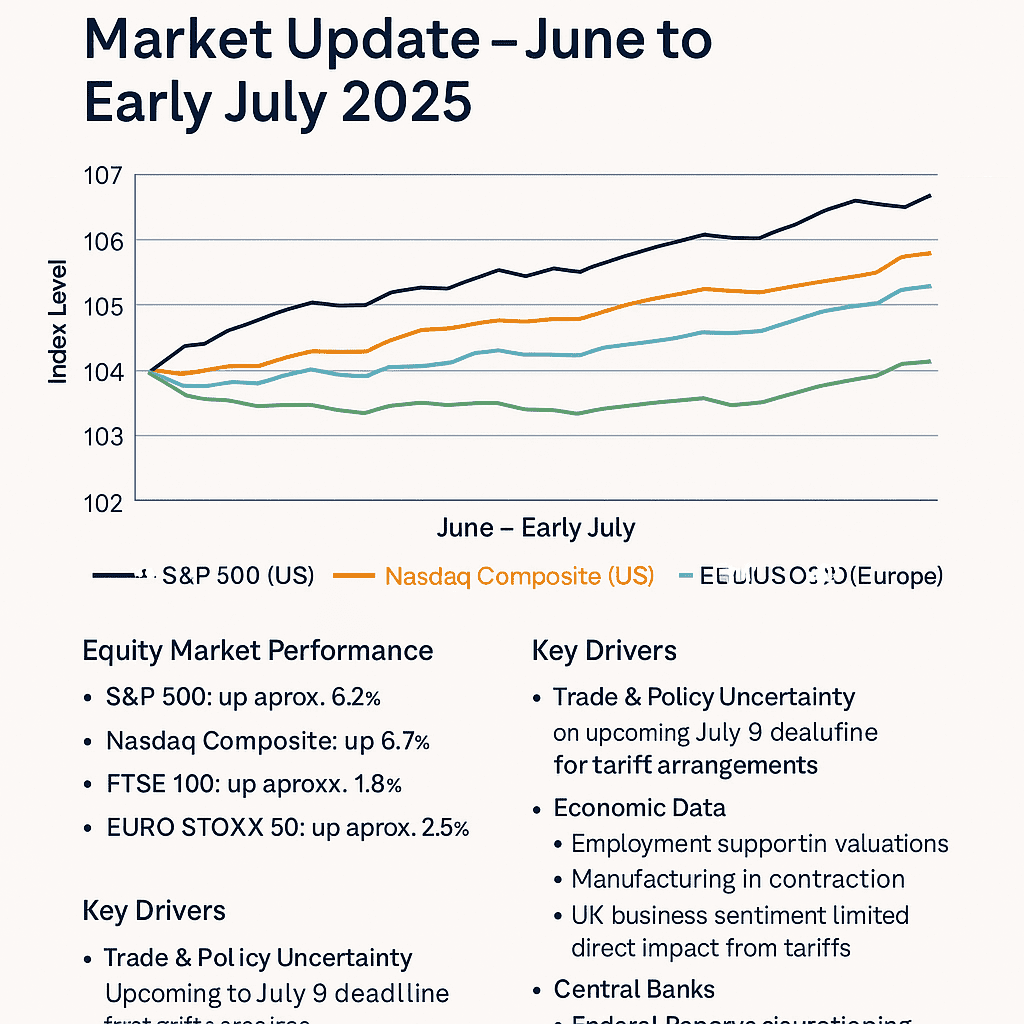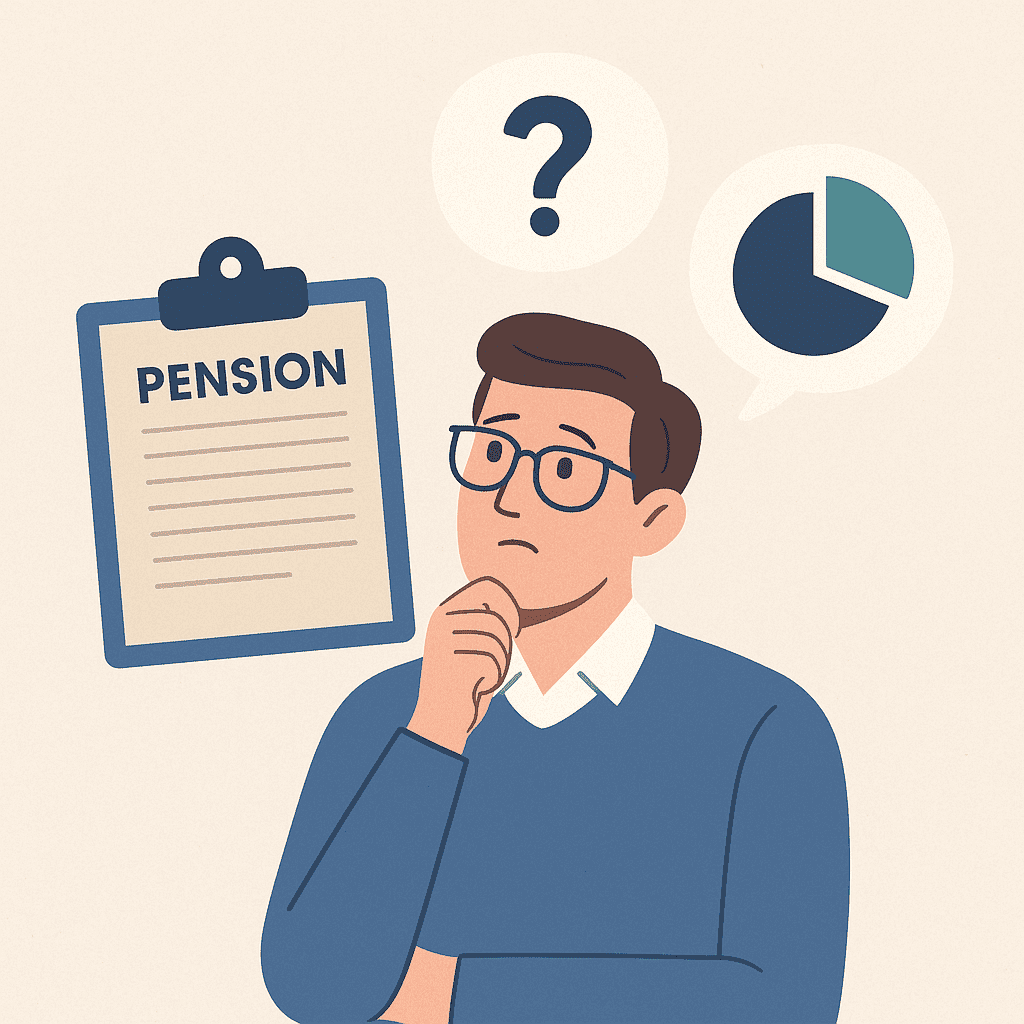If you’re employed in the UK (as opposed to self-employed) you should be auto-enrolled into a workplace pension unless you’ve chosen to opt-out (subject to qualifying rules). Although auto-enrolment is a good thing, it’s not an excuse to sit back and take no further interest in your retirement planning.
Many people I meet have little or no idea about their workplace pension. Many employees do not pay as much attention to their workplace investment as they would a personal pension or ISA. Workplace pensions are real money and should be treated as you would any investment. Ignoring your pension could result in, poor performance, too much or too little risk or a mismatch with your retirement plans. Worse still, some people forget about their workplace pensions altogether when they change jobs, with their hard-earned money falling into the vast £19 billion of unclaimed pension pots.
What type of pension do you have?
As a minimum, you should look at what kind of pension you have. There are generally two types of workplace pension, so it should be straightforward; DB – defined benefit and DC, defined contribution. A DB pension is also known as a final salary and pays you a guaranteed income for life when you retire; often inflation proofed. Because of these guarantees, defined benefit pensions are very desirable. A defined contribution has a value which will fluctuate according to the performance of the assets that the fund is invested in and as such there are no guarantees attached to the value at retirement.
Is your pension fund in default?
One potential downside of defined benefit schemes is that they are costly for employers to run, and may run up deficits. Many DB pension funds are in deficit. If yours is, your pension benefits could be at risk of being reduced, so it’s worth knowing. However, these pensions are protected by the pension protection fund (PPF) so it is worth investigating this if yours is in deficit. You can find more information on the PPF here https://www.ppf.co.uk/
A defined contribution pension on the other hand is a pot of savings built up over time from contributions you and your employer make. Somewhat easier to understand, these savings are invested in a fund of assets such as equities and bonds whose objective is to grow over time. It is this aspect of pension saving that most people ignore entirely. But there is good reason to pay attention.
Are you in the default pension fund?
Your DC workplace pension scheme’s default fund will typically be a one size fits all portfolio of assets trying to suit the needs of all members. It may not suit your objectives and or your risk profile. Yet nearly nine out of 10 people in workplace DC pensions remain in the default fund, a statistic which makes worrying reading. Recent studies have revealed huge variations between workplace pension default funds, with a whole range of different approaches to structure, risk level and goals, which in turn ‘presents a risk for pension savers.
5 ways you can make your workplace pension more relevant to you
- Ask your workplace pension provider for more information on their default fund
- Contact the scheme and ask for a list of available funds
- Find out what options you will have at retirement. Do they offer flexible benefits and an annuity?
- Talk with your adviser about your own financial circumstances, goals and risk appetite, and see how well these align with the strategy of your workplace pension’s fund.
- Some employers will agree to “match” additional contributions in excess of the standard contributions. This could provide valuable extra benefits.
- Speak to your employer about salary sacrifice. This could result in a saving on national insurance and tax. However please be cautious as it could reduce your ability to lend extra as your salary will be reduced in line with the extra contributions.
- When you have decided on a pension fund, continue to carry out regular reviews to ensure that it is delivering what you want.
- Review all and any other workplace schemes that you have left. These policies may not be suitable for you anymore and they will not be receiving employer payments into them.
Far too often people stumble into retirement and only address these issues when they are about to retire. Don’t think of retirement as stopping work, think of it as a second life that you can enjoy and plan for. It is much more important to take control of your finances when you can make a bigger difference. That is well in advance of retirement. Without a plan, you will not be able to effect a change or control your future.
Please Note
This article is for information purposes only and does not constitute as advice or recommendations. Please do not act based on anything you might read in this article. All content is based on our understanding of current legislation which is subject to change.






Recent Comments